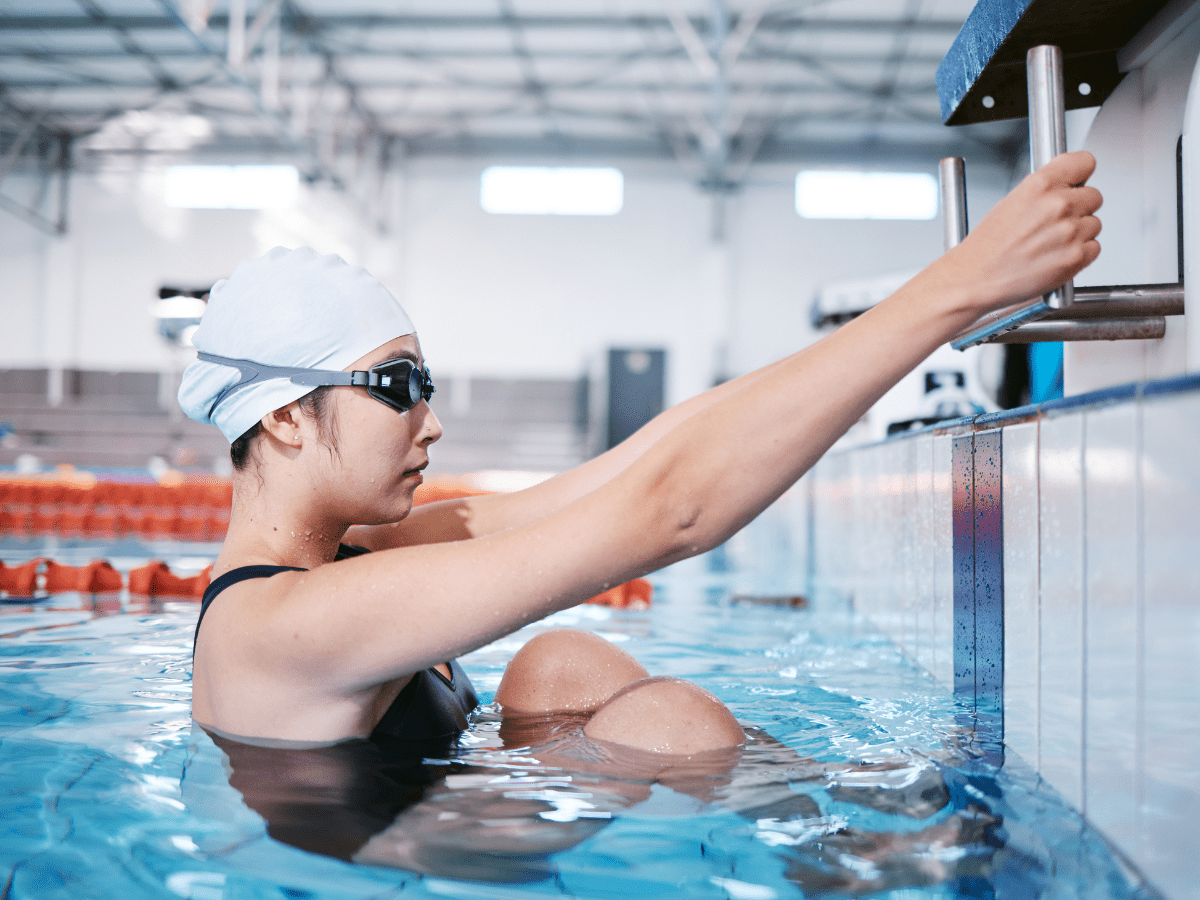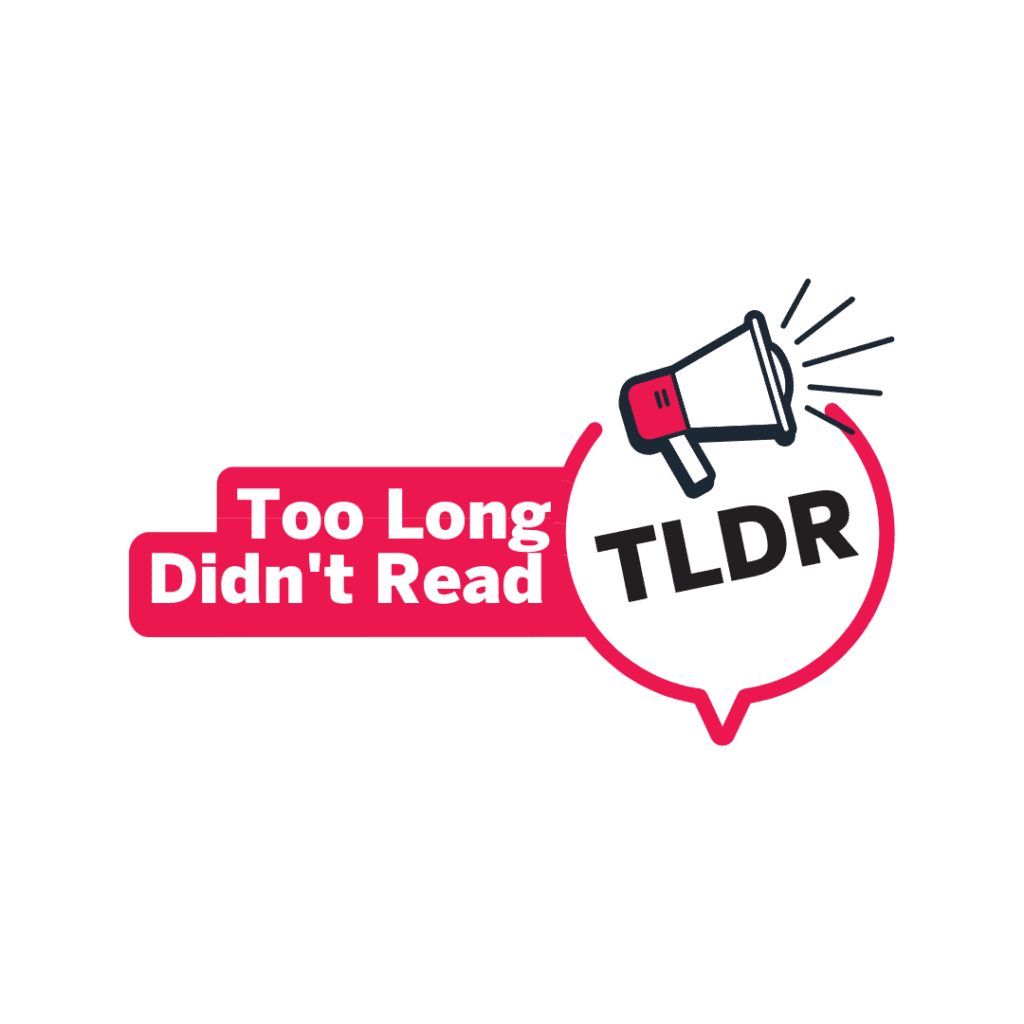

Project Summary
The main objective of the project was to investigate Chinese-Canadians’ perspectives about health and sport practice.
Overall, participants reported both positive and negative changes in their perspectives and practices related to health and sport participation after immigrating to Canada. They experienced both cultural conflicts and integration. Multiple factors influenced their sport participation. For many, their sport practice seemed to be influenced by Chinese cultural values. Culturally appropriate policies and programs are critical to increase sport participation for this largest visible minority group in Canada.
Research Methods
The study involved qualitative interviews and quantitative questions from 100 first-generation Chinese immigrants, aged 25 or above, residing in one of four urban centres: Toronto, Vancouver, Halifax, or St. Catharines. A mixed sampling strategy combined purposive sampling, snowball sampling in Chinese-Canadian communities, and open calls.
Research Results
Participants generally perceived sport as a component of a healthy lifestyle and a means to maintain and enhance health.
These Chinese-Canadians experienced mixed changes over the course of immigration: many reported increases in sports and physical activity (e.g., because they had more time and resources) while others reported decreases (e.g., because they lacked friends and access to preferred activities).
Factors that contributed to positive changes in sports and physical activity included: encouragement from friends, colleagues, and media; available resources (e.g., facilities, equipment, natural environment); affordable costs; easy access; enhanced awareness about health; and more spare time in comparison to China.
Common sports practices included ping pong, badminton, tennis, basketball, soccer, golf, swimming, and cycling. It seemed that ping pong was the preferred ball game, but participants regretted that it was not better respected in Canada.
Most participants recommended newcomers engage in sports and physical activities to attain benefits in terms of physical health, as well as mental health (e.g., getting out of the house, making friends, releasing stress), integration into society, and meaningful leisure. They also encouraged newcomers to take advantage of community resources (e.g., free or low cost programs, facilities) and natural environments (e.g., parks, wilderness) in Canada. Other suggestions for newcomers included trying to do fun and suitable (e.g., age or ability appropriate) sports and physical activity, do sports and physical activity with friends or in groups, and adopt Canadian sports (e.g., skating, skiing, hunting) while maintaining Chinese preferred ones (e.g., taijiquan, ping pong).
The sources of information about sport and physical activity included (in decreasing order of importance): (a) media (e.g., magazine, books, TV, internet); (b) friends, relatives, schoolmates, and colleagues; (c) medical professionals; (d) environment such as surroundings, community centres, and general society; (e) school education; and (f) family, including parents and siblings.
There seemed to be cultural differences and conflicts between Chinese-Canadians and mainstream sports and physical activity. For example, participants tended to adopt traditional Chinese philosophies or values, such as following nature (顺其自然), yin-yang harmony (阴阳调和), and golden mean (中庸之道). Associated cultural understandings about health, sport, and the meaning of life led these individuals toward soft and mild-moderate sports (see those commonly practiced sports above), rather than strenuous, extreme, or adventurous activities (e.g., hockey, triathlon, skiing, sailing, or mountain climbing). They thought the goal of sports and physical activity should emphasize being healthy, not necessarily being strong.
Many Chinese-Canadians are not aware of sports programs and resources available in communities, or provided by government agencies or services.
Limitations:
The results are specific to Chinese-Canadians and may not generalize to other ethnocultural groups.
Sport participation was just one emphasis within a larger study; other results relate to physical activity, fitness, lifestyle, and health.
Policy Implications
Policy-makers should be aware that current sport policies are primarily based on Western cultural values (e.g., the more, the better; competitiveness) that may not be shared by all ethnocultural communities. Culturally appropriate sport participation policies should be developed to serve the diverse needs within Canada’s multicultural society.
There is a need to develop sport programs and facilities (e.g., table tennis, badminton) in response to culturally appropriate sport participation. Culturally appropriate sport and recreation facilities and park design should consider growing needs among major minority groups.
Sport organizations at all government levels for sports such as badminton and table tennis should target the Chinese-Canadian community to provide a variety of opportunities for their participation in favoured sports. Other sport organizations such as boccia, bowling, curling, judo, karate, taekwondo as well as disabilities sports (e.g., goalball, wheelchair basketball) should make themselves visible and promote their sport programs in Chinese-Canadian communities because these sports are well aligned with Chinese cultural values.
Media, medical professionals, and community centres, as important factors for Chinese-Canadian sport participation, should make efforts to encourage Chinese-Canadians to participate in sports for health and leisure. Language-specific information (e.g., online sources, brochures, pamphlets) should be available for major minority groups to promote programs and services for sport participation.
Next Steps
There are still some unanswered and new questions regarding Chinese-Canadians’ sport participation:
- The present project identified some increases and some decreases in sport participation among Chinese-Canadians: who are those that reported increases or decreases in sport participation, and what factors contributed to these changes?
- What are the differences in sport participation before and after 10 years of immigration among Chinese-Canadians? (Note: Ten years is considered a milestone in research on immigrant health.)
- What about sport participation for second-generation Chinese-Canadians? Are second-generation Chinese-Canadians more integrated into mainstream sport participation patterns as a result of increased acculturation compared to first-generation Chinese-Canadians?
- What are the specific barriers or challenges to Chinese-Canadians’ sport participation? How can these barriers or challenges be addressed in order to increase their sport participation?
- Does the framework developed in the present project (e.g., changes and causes of changes in sport participation after immigration, factors and sources of sport participation) apply to sport participation for other ethnocultural groups? What strategies help to increase sport participation for other top immigrant groups in Canada (e.g., Indians, Filipinos)?
- How does sport participation help immigrants’ acculturation and integration in Canada?
Key Stakeholders and Benefits
The following sectors, organizations, or groups may benefit from the findings:
- Sport Canada
- Ontario Ministry of Health Promotion & Sport
- Sport associations at all levels (national, provincial, municipal): boccia, bowling, curling, judo, karate, taekwondo, disability sports (goalball, wheelchair basketball).
- General media
- Medical professional groups
- Community centres
The benefits from the findings for the sectors or groups listed above will help develop more culturally appropriate sport policies and programs. Further, they can target and serve Chinese communities—the largest visible minority in Canada, especially in the two urban centres, Toronto and Vancouver. Eventually more Chinese-Canadians will be attracted by and get involved in those programs that fit their needs.